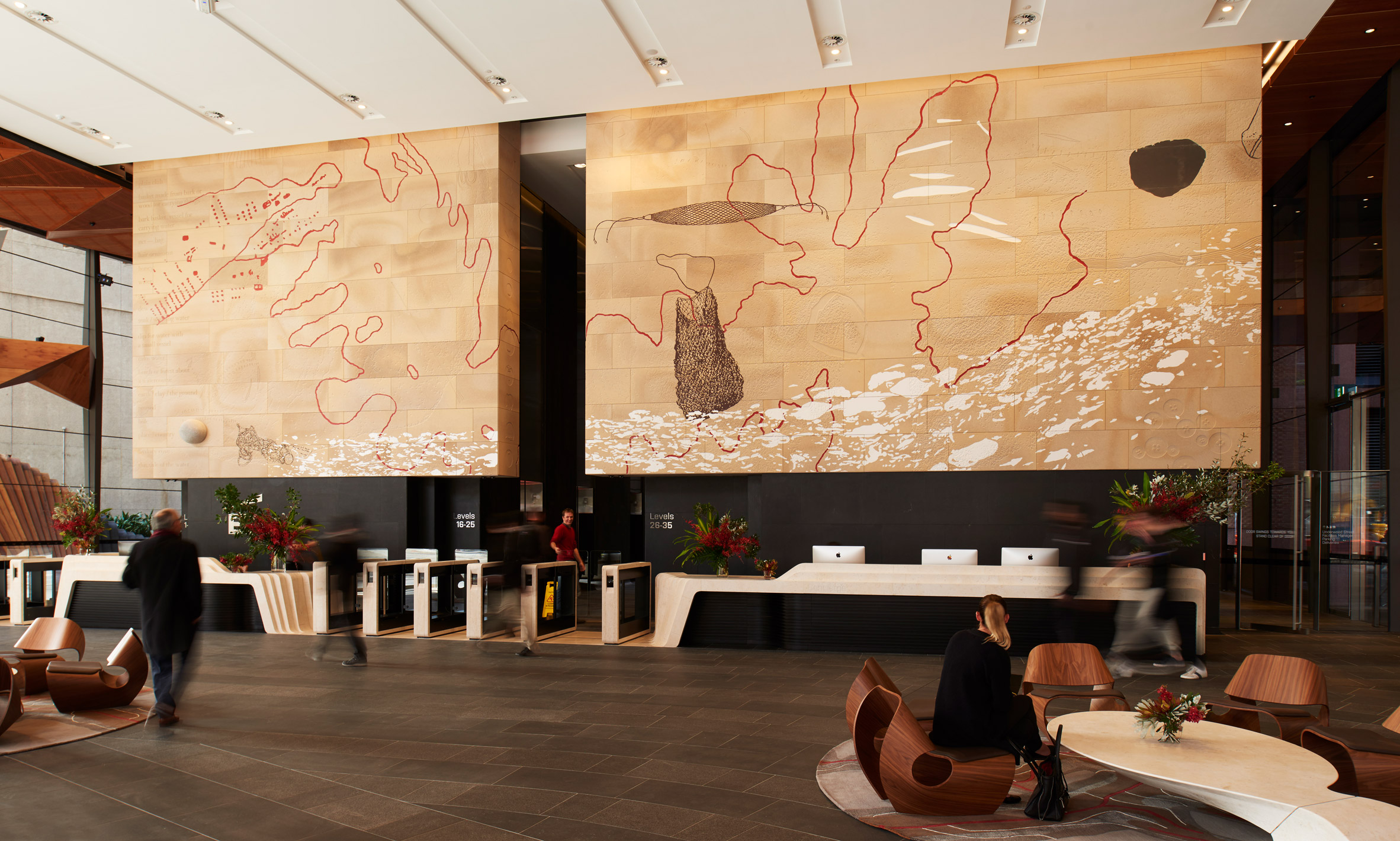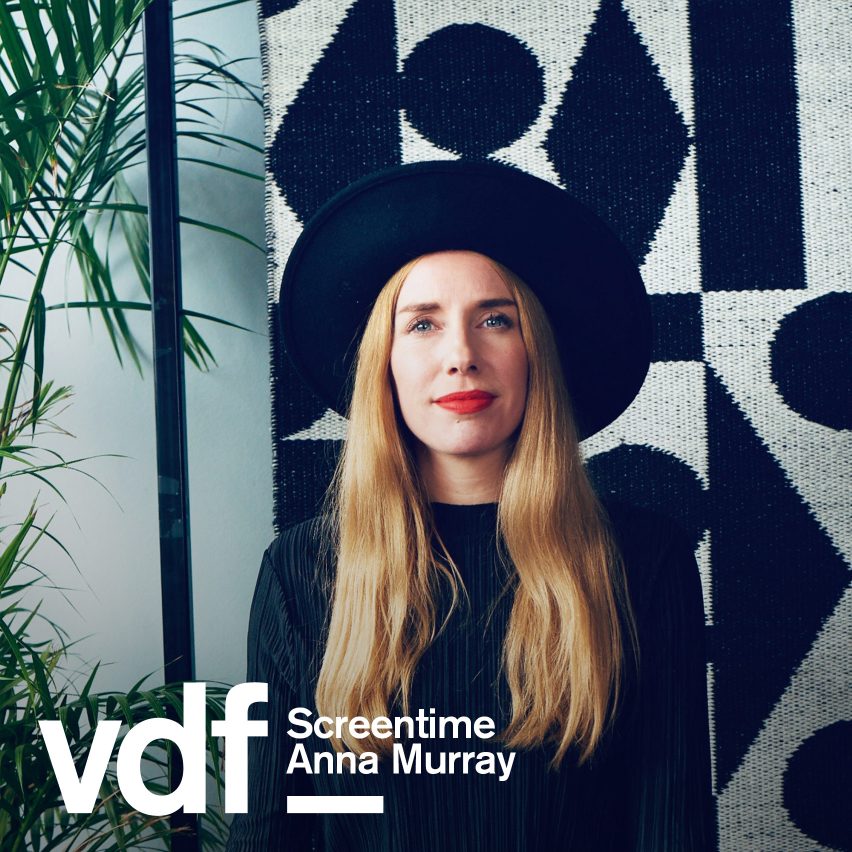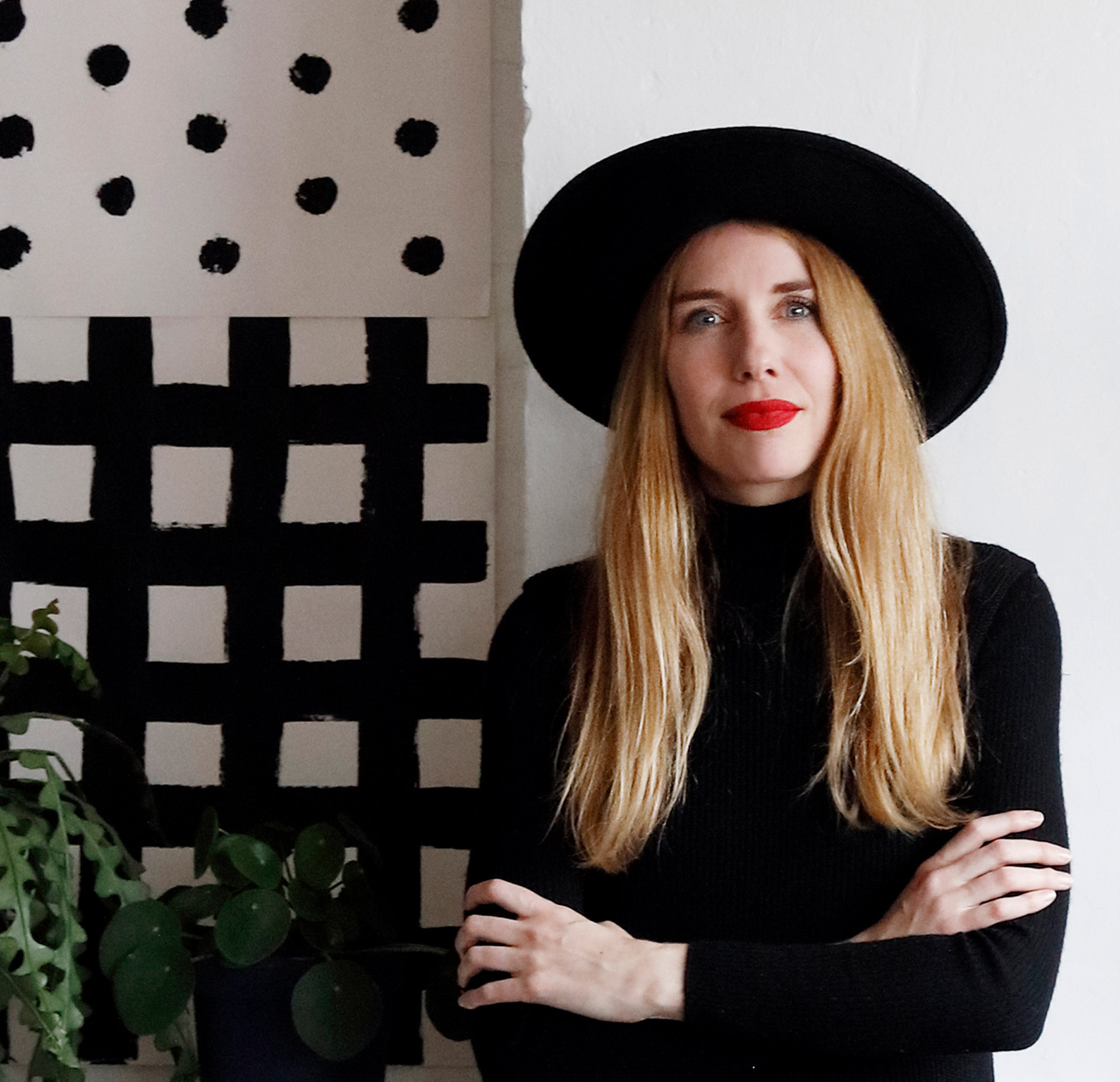
VDF studio profile: UAP is an international metal workshop that produces everything from large-scale public art or architecture commissions to the iconic Oscars trophies for the Academy Awards.
The foundry has a history of collaborating with well-known figures in the art world. It was responsible for creating Idris Khan's Wahat Al Karama monument in Abu Dhabi, as well as the first public sculpture of American artist Kehinde Wiley, who painted Barack Obama's presidential portrait.
UAP was founded in Brisbane, Australia, 27 years ago by brothers Daniel and Matthew Tobin, and has since expanded to include a team of 200 people across the company's Shanghai and New York workshops as well as its operations in the Middle East.
Its technicians and craftspeople are capable of casting larger-than-life installations in three dimensions using materials including bronze, stainless steel, ductile iron, aluminium and copper as well as precious metals such as silver and gold.

"UAP has developed its expertise gradually and our ability to deliver high-quality outcomes emerges from the entire team's ability to develop strong working relationships with the artists and clients," said Matthew Tobin.
"At the heart of this global operation is the drive to make art happen and every team member's dedication to find common ground and facilitate the journey of the artist."
Among the company's most well-known projects is Wiley's Rumors of War, which reimagines the historical monument of a US Confederate general on horseback with a young African-American man in the saddle.
Standing at just over eight metres tall and five metres wide, the installation was initially set up in Times Square before being moved to the Virginia Museum of Fine Arts.

According to Matthew Tobin, the Shanghai studio is responsible for some of the company's "most adventurous commissions", including a gigantic metal rendering of a panda taking a selfie, envisioned by Dutch artist Florentijn Hofman as an evolution of his enormous Rubber Duck installation from 2013.
The studio also manufactured British artist Khan's Wahat Al Karama or Oasis of Dignity monument, which was longlisted for a Dezeen Award in 2018 as well as winning an Iconic Award for Architecture from the German Design Council.
At 90 metres long, the installation consists of a series of towering slabs that are lined up like dominoes and made from aluminium that was extracted and recycled from decommissioned armoured vehicles.

Back in Australia, the company also collaborated with Aboriginal artist Judy Watson to create Ngarunga Nangama – a 300-square-metre sandstone mural that visualises the course of Sydney's historic Tank Stream, which today lies buried underneath its central business district.
On a smaller scale, UAP produces not just the Oscar statuettes but also carefully replicated, editioned artworks of different scales for artists including Lindy Lee, Reko Renie and Emily Floyd, whose hand-carved sculptural parrot was 3D-scanned and turned into a series of five oversized aluminium statues.

"I am always in awe as I walk through one of our workshops," said Daniel Tobin.
"There is a constant movement of people, the hum of machinery, and the excitement of making. The furnace is lit, bronze is on the boil and the noise is deafening. When new projects are underway, there is no better place to be."
Studio: UAP
Website: uapcompany.com
Contact address: info@uapcompany.com
About Virtual Design Festival
Virtual Design Festival is the world's first online design festival, taking place from 15 April to 30 June. For more information, or to be added to the mailing list, contact us at vdf@dezeen.com.
A studio profile on Virtual Design Festival could expose your work to Dezeen's three million monthly website visitors. Each studio profile will be featured on the VDF homepage and included in Dezeen's daily newsletter, which has 170,000 subscribers.
The post Specialist foundry UAP aims to "make art happen" appeared first on Dezeen.
from Dezeen https://ift.tt/38dxvYm
















